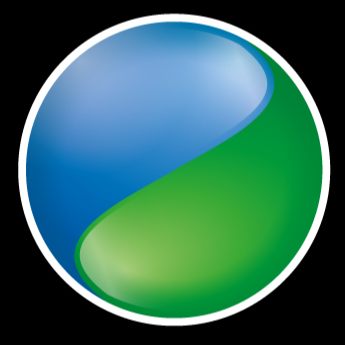Apr 21, 2022
Microbiome and eDNA sampling of water using Sterivex filters
- 1UK Centre for Ecology & Hydrology (UKCEH)

Protocol Citation: Daniel S Read 2022. Microbiome and eDNA sampling of water using Sterivex filters. protocols.io https://dx.doi.org/10.17504/protocols.io.ewov1494kvr2/v1
License: This is an open access protocol distributed under the terms of the Creative Commons Attribution License, which permits unrestricted use, distribution, and reproduction in any medium, provided the original author and source are credited
Protocol status: Working
We use this protocol and it’s working
Created: December 15, 2020
Last Modified: April 21, 2022
Protocol Integer ID: 45593
Abstract
Protocol for field based sampling of bacterial biomass or environmental DNA (eDNA) using Sterivex filters and syringes.
Materials
1. Single use 60 ml Luer lock syringe (Fisherbrand 14955461)
2. Single use 2.5 ml syringe (BD Plastipak 300185)
3. One single use 0.22 µm Sterivex filter cartridge (Millipore SVGPL10RC)
4. Two Luer-lock end caps for the filter cartridge in a small plastic bag (Cole-Parmer 45504-56 and 45501-28).
5. One 5 ml plastic screw top vial containing 2 ml of Zymo DNA/RNA Shield (Zymo R1100-250)
6. 50 ml centrifuge tube (Starlab E1450-0500)
7. One pair of nitrile gloves (Medium)
Open sampling pack and put gloves on.
Fig 1. Sample pack contents
Take the 60 mL syringe and Sterivex filter out of the packaging.
Fill the syringe with 60 mL of water to be sampled (either directly from the water source or collected in a clean sampling container that has been thoroughly rinsed with water from the sampling site).
Connect the syringe full of water to the luer lock end of the filter unit by twisting.
Use the syringe plunger to force the water through the filter unit.
Fig 2: Assembled syringe and filtration unit.
Safety information
CAUTION: As pressure is being applied, take appropriate precautions (i.e. wear eye protection and point the filter at ground whilst filtering)
Refill the syringe and repeat this process until no more water can be filtered through the unit (a reasonable pressure can be applied, but be careful to not apply excessive force). Expect between 60 mL and 600 mL , depending on water turbidity.
Record the volume of water that passed through the filter in ml.
Fill the 60 mL syringe with air, reattach to the filter unit and expel any remaining water in the filter unit by forcing the air through. Dispose of the 60 mL syringe.
Add the end cap to the outlet of the filter unit by twisting it on.
Remove the 2.5 mL syringe from its packaging and fill with Zymo DNA/RNA shield from the 5 mL vial. Dispose of the empty vial.
Attach the 2.5 ml syringe to the inlet of the syringe filter and holding upright (syringe on top), add the Zymo DNA/RNA shield to the filter vial by depressing the syringe plunger. Allow the syringe to refill with air, remove and dispose of the empty syringe.
Figure 3. Adding sample preservative to the filter unit.
Cap the inlet of the filter unit with the other cap to seal in the preservative.
Fig 4. Sealer filter unit with preservative.
Ensure the caps are on tightly and place the filter unit in the labelled 50 ml plastic centrifuge tube.
Fig 5. Filter unit inside 50 ml tube.
Store the filter unit at -20 °C , or at the very least keep at 4 °C and out of direct sunlight, until returning to the laboratory. Once in the laboratory, store at -20 °C until shipping and analysis.
Shipping of samples can be performed at room temperature, although cooled (4 °C or -20 °C shipping is preferred.
